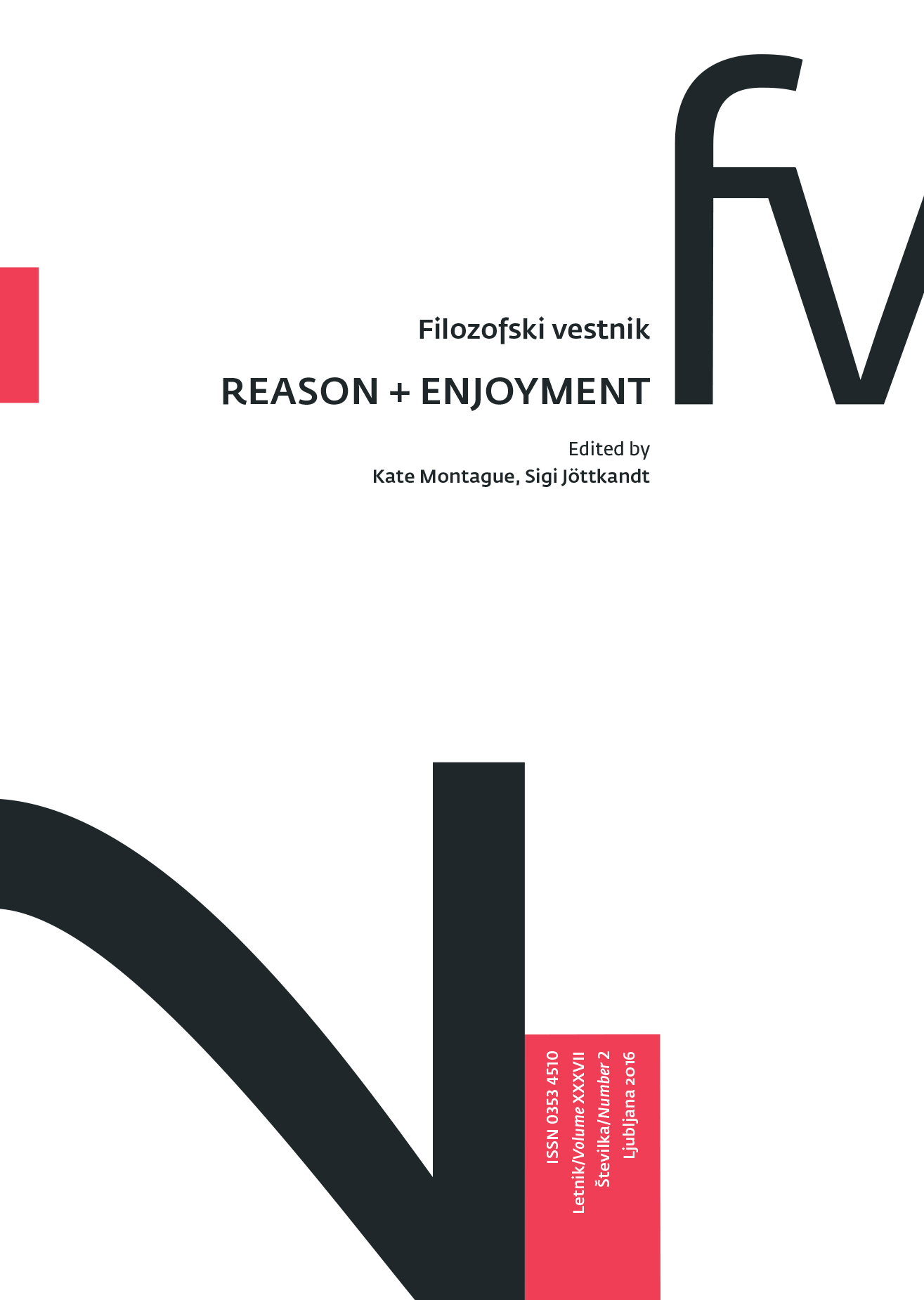Imaginalni svet in sodobna pozaba: Kiarostamijev cik-cak
Ključne besede:
film, lacanovska psihonaliza, podoba, ikona, Abbas Kiarostami, Ibn’Arabi, dotikPovzetek
Prispevek predstavi imaginalni svet [imaginal world], osrednji Avicenov koncept kot tudi njegovih iranskih filozofskih privržencev, zato da bi prikazal načine, kako imaginalno še naprej deluje v filmih Abbasa Kiarostamija. Kot implicira že njegovo ime, imaginalno zadeva podobo, natančneje povedano, podobo, kolikor je dojeta kot udeležena v politični ekonomiji božanskega oziroma znotraj aparata, ki povezuje časovni, politični red ljudi z odmaknjeno instanco božanskega. Če so bila dela falasife anatema islamske teologije, je bilo to v celoti povezano z umikom božanskega, ki je delovalo v političnem redu zgolj na način odsotnosti. Kiarostamijev film Close Up prikazuje koncept imaginalnega a contrario.Prenosi
Podatki o prenosih še niso na voljo.
Prenosi
Objavljeno
2017-01-18
Kako citirati
Copjec, J. (2017). Imaginalni svet in sodobna pozaba: Kiarostamijev cik-cak. Filozofski Vestnik, 37(2). Pridobljeno od https://ojs.zrc-sazu.si/filozofski-vestnik/article/view/4863
Številka
Rubrike
Um + užitek
Licenca
Avtorji jamčijo, da je delo njihova avtorska stvaritev, da v njem niso kršene avtorske pravice tretjih oseb ali kake druge pravice. V primeru zahtevkov tretjih oseb se avtorji zavezujejo, da bodo varovali interese založnika ter da bodo povrnili morebitno škodo.
Podrobneje v rubriki: Prispevki





